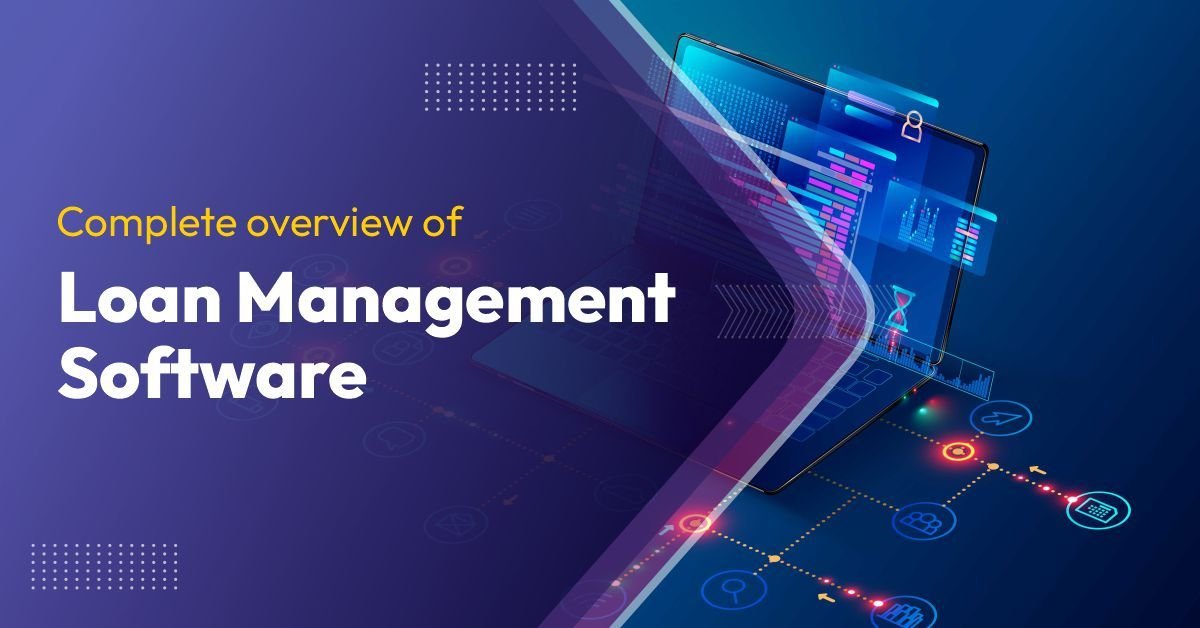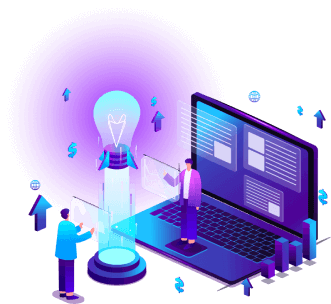Outgrowing Legacy Lending Systems? Here’s How to Migrate Without the Chaos! – The financial services industry is going through a huge crisis. Digital-first customers, mounting compliance requirements, and fintech growth are forcing legacy lenders to rethink their infrastructure. If you are reading this, there is a good opportunity that your institution is running a legacy lending platform, and it is burning you.
Be it slow loan processing, lack of integration, high costs of ongoing maintenance, or a less-than-ideal user interface, legacy systems can hurt your competitive posture in a fast-moving, contemporary lending environment. Luckily, updating your tech stack does not have to be like pulling teeth. If you have outgrown your legacy lending platform, here are ways to migrate smoothly.

Why Legacy Lending Platforms are Outdated
Legacy platforms were made for a world with reduced customer expectations, simpler loan products, and less complicated compliance requirements. They can be placed into three categories of notable business value –
Scalability – Bad legacy lending platforms struggle to scale to bigger volumes and/or new lending products.
User Experience – End Users (customers and employees) are using slow, confusing platforms in the decision process.
Integration – Legacy systems rarely interface with CRMs, and credit bureaus, extremely hard with digital ID tools and analytics interfaces.
Costly – Aging technology stacks are costly to maintain and operate.
Compliance risk – If institutions can not change quickly to meet new regulations, they risk penalties and inefficiencies.
Your legacy system may be outgrown, but this is not a failure; it is a sign of growth for your institution.
A Step-by-Step Guide for Migration Without Disruption
Create a Business Case
Before making any technical decisions, you need to clarify the why of the migration. This includes describing the pain points you are currently experiencing, quantifying the money that will be saved, describing how operational efficiencies and compliance will improve, and improving your customer experience. Having a business case is essential to secure support from all parties involved, from the C-suite to IT and operations staff.
Choose a Modern Lending Platform
When assessing possible solutions, look for many characteristics –
Cloud-native – The solution should offer flexibility, scalability, and reduce infrastructure costs.
API-first – The solution should combine easily with third-party services.
Modular and configurable – The solution should permit you to configure things to your workflows without custom development (that you still pay for).
Real-time – The solution should allow real-time abilities for quick decision-making for customers, data sync, and customer feedback.
Security and compliance – The platform should be constantly updated, offer review benefits, and must be able to create huge audits.
Build a short-list of vendors that fit your vision for growth and have experience working with companies like yours, and offer strong support.
Audit and Clean Your Data
One of the most significant migration challenges is poor data hygiene. Before migration, clean, normalize, and de-duplicate data! All of this preparation alone could address most of the common issues experienced in post-migration. Think about working with data experts to ensure your current database is mapped perfectly to how the new system is formatted.
Use A Phased Migration Approach
Full rip and replace is an opportunity to make bugs across the board, rather than doing one main migration. Instead –
Start Small – One product line, or one branch to start.
Pilot and Learn – Involve real users with actual work products to learn from your piloting.
Scale Incrementally – Expand or scale based on what you have learned from your successful pilot projects, while ensuring to do this at a time where a merge leaves your clients with a stable experience.
This approach will reduce risk and result in greater buy-in and seamless adoption with your users under change management principles, while also preserving current operations.
Training and Change Management
New technology can only be as good as the people who use it. You owe it to your team to offer training – front-line, customer service reps, lower-level, compliance teams, and information technology. Provide on-demand access and support, too. Do not forget customers. If their experience is changing in an online portal or when applying for something, let them know.
Monitoring, Optimization, and Innovation
The end of migration is not the finish line – it is a launching pad into a new era that is more agile, customer-focused, and service-focused. Use analytics to track system performance, measure adoption rates, and find new efficiencies. Get feedback and constantly refine your workflows.
Common Mistakes to Avoid
Skipping the planning phase – Launching without a plan can create scheduling issues and cost overruns.
Underestimating time and resources – Legacy migration is not a one-day project. Offer your team with realistic timeframe and implement a flexible resource.
Ignoring compliance requirements – Your new system should be compliant on day one.
Not involving end-users – If your new system does not work for your team or customers, it is a failure – no amount of modernity can make a system work.
Real Benefits of a Modern Lending Platform
When done right, migrating to a modern lending system will –
- Quicker loan origination and processing,
- Improved compliance through automation,
- Scalable operations without hiring campaigns,
- Increased customer satisfaction and loyalty,
- Better decision-making through real-time reporting,
The result? A more nimble lending operation that can smoothly act without the limitations of the old system.
Conclusion
If you have outgrown your legacy lending system, it suggests that you are probably prepared to move your firm to the next level of growth. While change can be overwhelming and scary, you have a greater risk connected with standing still. Approaching migration strategically, developing a full business case, clean data, a phased rollout, and effective training will enable you to modernize your lending operations successfully, without the chaos.
FAQs
Will my customer experience be interrupted during my migration?
Not if it is done correctly. By taking a phased approach and testing every phase, most companies will successfully interrupt their customers to a minimum, or not at all. Remember to be clear and proactive with customers if changes are going to be temporary.
Can I migrate to the cloud if I’m on an on-premise system?
For sure. Most modern lending platforms are built for the cloud. With that, the cloud makes the process inherently more secure, scalable, and faster. Ensure to pay attention to data residency and compliance elements of your geography and industry.
What type of team do I need to help support this transition?
For the transition to be successful, you will need a cross-functional team that includes the following –
- IT and DevOps to configure the system, integrations (where needed)
- Compliance experts to manage regulatory alignment
- Product owners are to identify features and workflows using the system
- Training leads to helps staff members to onboard
- Executive sponsors/champions to support the project
Many companies also use external consultants or even work closely with the provider of their new platform as part of the transition process.








